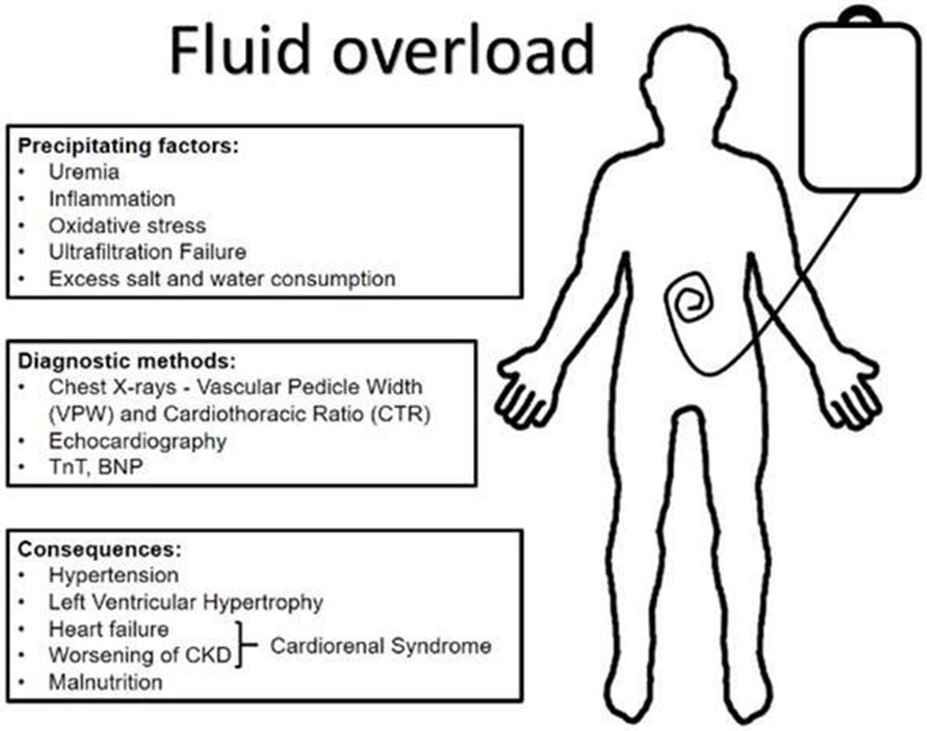A nurse is caring for a client who has immunosuppression and a continuous IV infusion.
Which of the following actions should the nurse take?
Assess the client's IV site every 8 hr.
Check the client's WBC count every 48 hr.
Monitor the client's mouth every 8 hr.
Change the client's IV tubing every 48 hr.
The Correct Answer is C
- A. Incorrect. The nurse should assess the client's IV site every hour to prevent infection and phlebitis.
- B. Incorrect. The nurse should check the client's WBC count every day to monitor for signs of infection or bone marrow suppression.
- C. Correct. The nurse should monitor the client's mouth every 8 hr for signs of oral candidiasis, which is a common fungal infection in immunosuppressed clients.\
- D. Incorrect. The nurse should change the client's IV tubing every 24 hr to reduce the risk of bacterial contamination.
Nursing Test Bank
Naxlex Comprehensive Predictor Exams
Related Questions
Correct Answer is C
Explanation
- A. Oliguria. This is incorrect because oliguria, or decreased urine output, is a sign of fluid volume deficit, not fluid volume overload.
- B. Bradycardia. This is incorrect because bradycardia, or slow heart rate, is not a typical sign of fluid volume overload, unless the client has a cardiac condition that affects the heart's response to fluid overload.
- C. Dyspnea. This is correct because dyspnea, or difficulty breathing, is a common sign of fluid volume overload, as excess fluid accumulates in the lungs and impairs gas exchange.
- D. Poor skin turgor. This is incorrect because poor skin turgor, or decreased elasticity of the skin, is a sign of dehydration, not fluid volume overload.

Correct Answer is D
Explanation
Place the client in a quiet environment.
- A. Limiting suctioning the client's airway to 30 seconds at a time can reduce intracranial pressure by minimizing hypoxia and hypercarbia, which can cause cerebral vasodilation and increased cerebral blood volume. However, this intervention alone is not sufficient to prevent increased intracranial pressure, and suctioning should be done only when necessary and with caution. Therefore, this choice is partially correct but not the best answer.
- B. Grouping several nursing activities to be completed at one time can increase intracranial pressure by stimulating the client and causing fluctuations in blood pressure and heart rate.Therefore, this choice is incorrect.
- C. Flexing the client's neck forward can increase intracranial pressure by impeding venous drainage from the brain and increasing cerebral blood volume. Therefore, this choice is incorrect.
- D. Placing the client in a quiet environment can reduce intracranial pressure by minimizing sensory stimulation and promoting relaxation, which can lower blood pressure and heart rate and decrease cerebral metabolic demand. Therefore, this choice is correct and the best answer.
Whether you are a student looking to ace your exams or a practicing nurse seeking to enhance your expertise , our nursing education contents will empower you with the confidence and competence to make a difference in the lives of patients and become a respected leader in the healthcare field.
Visit Naxlex, invest in your future and unlock endless possibilities with our unparalleled nursing education contents today
Report Wrong Answer on the Current Question
Do you disagree with the answer? If yes, what is your expected answer? Explain.
Kindly be descriptive with the issue you are facing.
